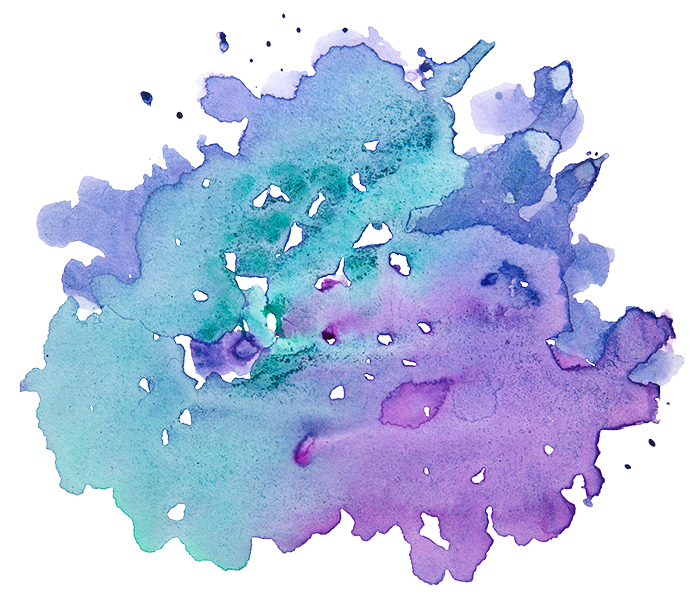By Lisa Berman, Mayyim Hayyim Director of Education
I have the best job. Great colleagues, inspiring mission, on-site laundry facilities, six bathrooms for seven staff members…
But the students are the best part by far. About 100 times each year we look out the front windows and see a group of learners trooping down our path, peering at the collection pool of rainwater, emerging into the warmth of the building, exclaiming “it smells like a pool in here!” They run the gamut from naïve to curious to skeptical and from age 8 to 88.
I often wish that more people could be observers of the learning experience our visitors have. Young people, especially, arrive with hardly any preconceived notions about what a mikveh is. We have the delightful job of guiding them to learn more about this unique, ancient, relevant ritual. As part of each education program, we invite the students to pair up and explore the space on their own, writing down their observations – what they find interesting, curious, notable. Since most of you won’t be able to be “a fly on the wall” for this process of discovery, here are some of my favorite written comments by the students over the past year (don’t worry; all the misconceptions get cleared up as part of the process of learning):
“There is a lot of art and beauty.”
“They look like hotel rooms. Do people stay overnight here?”
“Someone lives here and is hiding.”
“You get naked in reception and then walk in the mikveh.”
“There are seven ways to cleanse yourself.”
“It feels like we are outside and it reminds us of nature.”
“There are cleanliness people supplies.”
“It smells weird.”
“It looks small and shallow but it isn’t.”
“The area is calm, protective, and very safe.”
“There is a seat with a slide. It’s a baby bath tub.”
“You need to be naked. You need to pray. You need to clean babies. You need to turn on the fan during preparation.”
“Everything is connected.”
“There is a trapdoor.”
“You take off all ‘beauty’.”
“Each room is a different living water source.”
“There are infant and elderly rooms.”
“The bubble wrap is to keep the water from evaporating.”
“There is a baby diaper changing thing. Counter.”
“The doors lock from the inside.”
“The bathrooms have different themes.”
As well as observations, the worksheets have a place for the students to note their questions. By far the most popular is, “Why are there flashing lights in the water?” The fact that one can choose the color of the lights shining into the mikveh leads to a great discussion about the notion of personalizing Jewish ritual. My other favorite questions recently are:
“How do you position yourself [in the mikveh]? Stand up? Sit down?”
“Why do all the bricks and windows in the left mikveh room face vertical, not horizontal like most bricks?” (This student included an illustration for clarification!)
“Why is there a bath at the bath place?”
“Why is there toothpaste?”
“Can boys go in the mikveh if they are Jewish believers?”
“Are there specific rules?”
“How respectful do we have to be here?”
“How many people can fit in the tub?”
“Why is there an alarm clock?”
“Why are there 4 bathrooms and only 2 tubs?”
“If there’s shaving cream, do you have to take off all your hair?”
“Who thought up this idea?”
“Who’s in charge here?”
“Do you have to go to mikveh school to work here?”
“Does the rabbi come in the pool with you?”
“When was the first person ever mikvehed?”
“Can someone who is not Jewish witness an immersion?”
“Why does someone’s religion change by going in a mikveh?”
What would YOUR question be? We’d love to hear it.
Lisa Berman is the Director of Education at Mayyim Hayyim. She began as a volunteer mikveh guide the day Mayyim Hayyim opened its doors in 2004 and now directs a Center that educates more than 2500 people each year about this ancient ritual and its contemporary possibilities.

